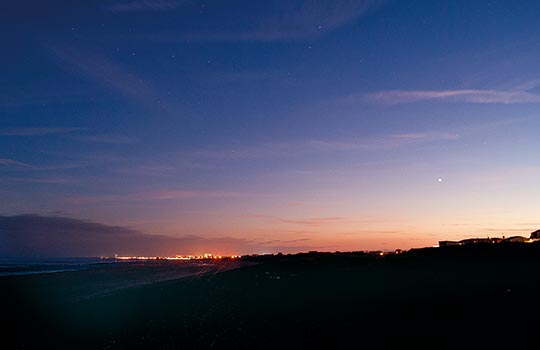The planets of our solar system are among the most interesting features to look for in the night sky. Geoff Barton offers a few pointers for locating them during spring
Mars
We’ll start with Mars, as the planet will be in ‘opposition’ – the point at which it is opposite the Sun from Earth, and therefore at its brightest – on 8 April. It’s visible most of the night and reaches its highest point around 1am in the south. Look for Mars in the southern sky, in the constellation Virgo, throughout the spring. On 7 June, Mars is visible close to the Moon (called a ‘conjunction’). Look for the pair in the south-west after sunset.
Saturn
This is another planet that reaches opposition this spring. Throughout 2014 Saturn will travel through the constellation Libra. At the start of April, Libra (and Saturn) rise after 11pm, and are probably best seen in the hours before sunrise, low in the south-west. As spring advances, Saturn will rise progressively earlier, making it more easily spottable in the evening. At its opposition on 10 May, Saturn will appear at its highest and brightest at around 1am in the south. At magnitude 0.2, to the naked eye it will look like a star of a similar brightness to Vega.
Jupiter
This winter has been spectacular for its views of Jupiter, including opposition in January. The fifth planet has been visible in Gemini, and will continue to be so during the spring. Visible after sunset in the west, Gemini and Jupiter will set progressively earlier day by day.
Venus
Venus is the brightest object in the sky (after the Sun and Moon), and can be seen either after sunset in the western sky, or before sunrise in the east. For spring, and indeed most of 2014, it’s the latter. Venus returns to the evening skies in autumn.
Others
Mercury is the only other planet visible with the naked eye (Uranus and Neptune are too distant), although it has a reputation for being elusive! However, the best chance is in late May, after sunset, low in the west, below and slightly to the right of Jupiter.
Image: Geoff Barton







